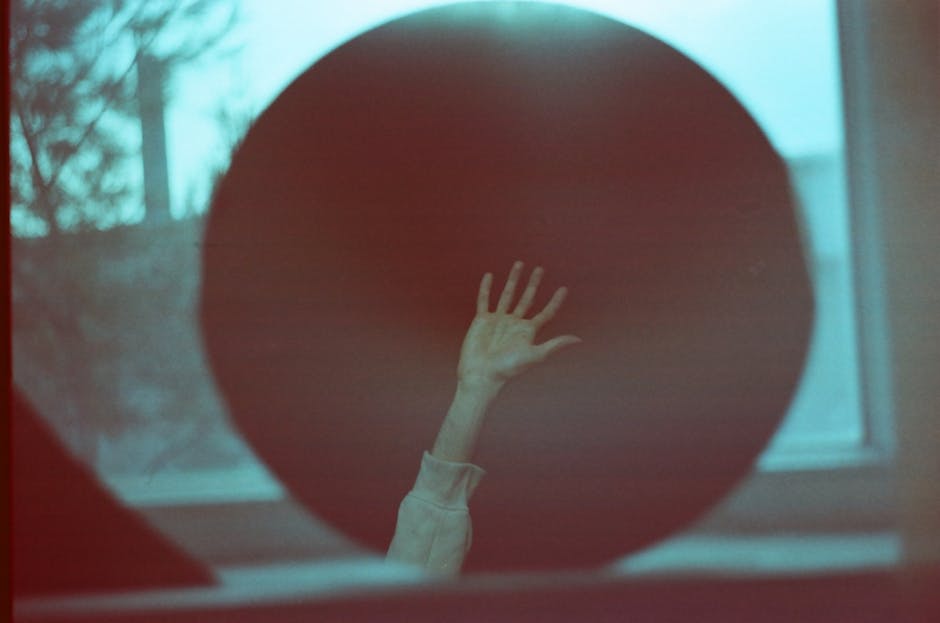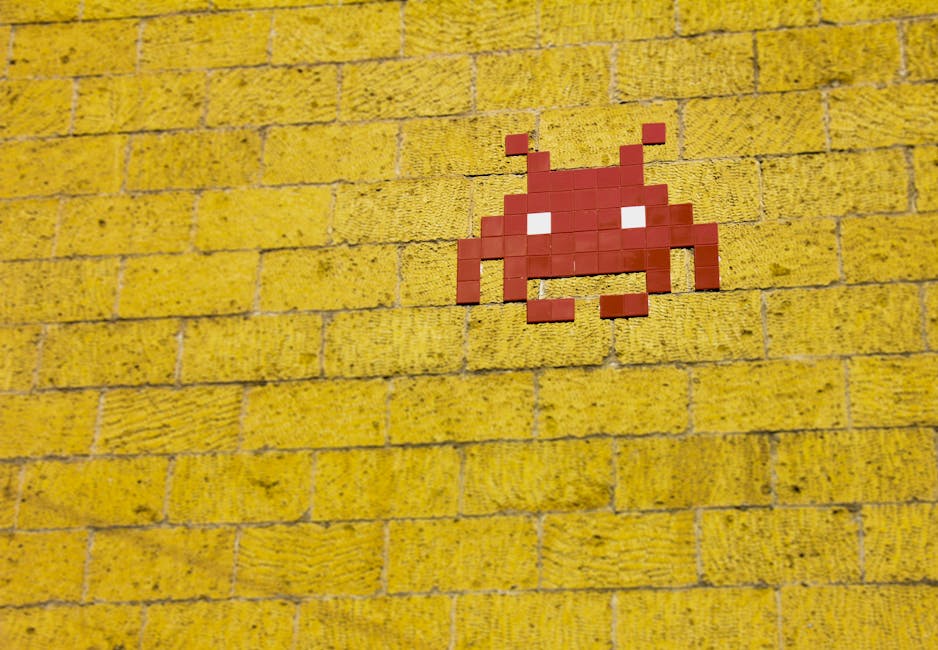The Anatomy of an Iconic Scene

Photo by Bryan Geraldo on Pexels
What transforms a simple sequence of images into an iconic scene that lingers in our collective memory? At its core, an iconic scene is a moment in film or television that transcends its narrative, etching itself into pop culture and the consciousness of audiences worldwide. These scenes are not always the climactic battles or emotional crescendos; sometimes, they are subtle, almost mundane moments elevated by masterful direction, compelling performances, and a convergence of visual and auditory elements.
Iconic scenes often distill the essence of a film, capturing its themes, tone, and emotional core in a few unforgettable minutes. Consider the haunting shower scene in Alfred Hitchcock’s Psycho. With its rapid cuts, shrieking violins, and stark black-and-white visuals, it redefined horror and suspense, influencing countless filmmakers and embedding itself in pop culture as the definitive image of terror. The scene’s power lies not only in its shock value but in its meticulous construction—every shot, every sound, every shadow carefully orchestrated to evoke a visceral reaction.
Another example is the moonlit bicycle flight in E.T. the Extra-Terrestrial. This scene captures the wonder of childhood and the magic of friendship, becoming a symbol of cinematic escapism. Its iconic status is reinforced by its visual simplicity and emotional resonance, amplified by John Williams’ soaring score. These moments work because they evoke universal feelings—fear, joy, awe, hope—and do so in a way that feels both intimate and grand.
What unites these legendary scenes is their ability to communicate complex ideas and emotions with visual economy. They often employ striking imagery, memorable dialogue, or innovative techniques that push the boundaries of the medium. Whether it’s a single line—“You talkin’ to me?” from Taxi Driver—or a sweeping shot of Maria spinning atop a mountain in The Sound of Music, iconic scenes become shorthand for the films themselves and, by extension, the emotions they evoke.
Ultimately, the anatomy of an iconic scene is a blend of artistry and alchemy. It’s where narrative, performance, cinematography, music, and editing converge to create a moment that is not just seen, but felt—and remembered.
From Script to Screen: Crafting Unforgettable Moments

Photo by cottonbro studio on Pexels
The journey of an iconic scene begins long before the cameras roll. It starts on the page, where screenwriters lay the groundwork for moments that can define a film’s legacy. The script provides the blueprint, but it is the collaboration between directors, actors, cinematographers, and editors that breathes life into these words, transforming them into cinematic milestones.
Directors play a pivotal role in shaping iconic scenes. Their vision determines the pacing, framing, and emotional tone. Steven Spielberg, for example, is renowned for his ability to orchestrate awe-inspiring moments, such as the first glimpse of the dinosaurs in Jurassic Park or the aforementioned flight in E.T.. Spielberg’s meticulous attention to detail—his use of lighting, camera movement, and sound—elevates these scenes from mere spectacle to unforgettable experiences.
Actors, too, are instrumental in crafting iconic moments. Their performances can turn a simple line or gesture into something extraordinary. Think of Marlon Brando’s understated delivery in The Godfather or Robert De Niro’s mirror monologue in Taxi Driver. These performances are not just memorable; they are transformative, revealing new layers of character and meaning with each viewing.
Cinematography and editing further shape the impact of a scene. The use of color, composition, and movement can heighten emotion and draw viewers deeper into the story. Editors, by choosing what to show and when, control the rhythm and intensity, ensuring that the scene lands with maximum impact. Bernard Herrmann’s score in Psycho or the swelling music in The Sound of Music are prime examples of how sound can amplify the power of an image.
The crafting of an iconic scene is ultimately an act of creative synergy. It requires every element of filmmaking to work in harmony, guided by a clear vision and executed with precision. When done right, the result is a moment that not only advances the story but also leaves a lasting impression on audiences and the art form itself.
Symbolism and Subtext: Reading Between the Frames

Photo by Mihman Duğanlı on Pexels
Many iconic scenes achieve their status not just through spectacle, but through layers of symbolism and subtext that invite deeper interpretation. These moments often resonate because they operate on multiple levels, offering both immediate impact and lasting intrigue for those willing to look closer.
Take the chestburster scene in Ridley Scott’s Alien. On the surface, it’s a shocking moment of horror, but beneath the gore lies a rich tapestry of themes—fear of the unknown, violation, and the unpredictability of life itself. The scene’s visceral imagery is loaded with metaphor, making it a subject of endless analysis and discussion.
Similarly, the shower scene in Psycho is more than a murder; it’s a meditation on vulnerability and the intrusion of chaos into the mundane. The use of water, the fragmentation of the human form through rapid editing, and the stark contrast of light and shadow all contribute to a sense of psychological unease. Viewers are left not just startled, but unsettled, pondering the deeper implications of what they’ve witnessed.
Iconic scenes often employ visual motifs and recurring symbols to reinforce their themes. The spinning top in Inception, the red coat in Schindler’s List, or the use of mirrors in Taxi Driver all serve as visual shorthand for complex ideas. These symbols invite viewers to engage with the story on a more intellectual and emotional level, deepening their investment in the narrative.
Subtext is equally important. Dialogue, body language, and even silence can convey meaning that goes beyond the literal. A lingering glance, a hesitant gesture, or a carefully chosen word can speak volumes about a character’s inner world. Directors and writers who master the art of subtext create scenes that reward repeated viewings, as new layers of meaning reveal themselves over time.
By weaving symbolism and subtext into their most memorable moments, filmmakers ensure that iconic scenes endure—not just as spectacles, but as puzzles and poems that invite ongoing exploration and interpretation.
Pop Culture Reverberations: When Scenes Become Memes

Photo by Francesco Ungaro on Pexels
The influence of iconic scenes extends far beyond the confines of the screen. When a moment resonates deeply, it often escapes its original context, becoming a touchstone in popular culture. These scenes are referenced, parodied, and remixed across media, transforming into memes, catchphrases, and cultural shorthand that reach audiences who may never have seen the original film or show.
Alfred Hitchcock’s shower scene in Psycho is a prime example. Its influence can be seen in countless homages, from television commercials to animated parodies. The image of the knife, the screeching violins, and the silhouette behind the curtain have become universal symbols of suspense and terror, instantly recognizable even to those unfamiliar with the film itself.
Other scenes, like Marilyn Monroe’s billowing white dress in The Seven Year Itch or the “Here’s Johnny!” moment in The Shining, have transcended their narratives to become icons in their own right. These moments are endlessly referenced in everything from fashion editorials to late-night comedy sketches, illustrating the power of cinema to shape and reflect societal trends.
The rise of the internet and social media has accelerated this process, enabling scenes to go viral and reach new audiences in the form of GIFs, memes, and viral videos. A single line or image can spark conversations, inspire fan art, and even influence language and behavior. The phrase “You talkin’ to me?” from Taxi Driver, for instance, has entered the lexicon as a symbol of defiance and self-reflection, often used in contexts far removed from its original meaning.
These reverberations are not confined to comedy or nostalgia; they can also spark serious discussions about representation, identity, and social change. Iconic scenes often become focal points for debates about gender, race, and power, reflecting and shaping the cultural landscape in profound ways.
In this way, the legacy of an iconic scene is measured not just by its impact on cinema, but by its enduring presence in the wider world—a testament to the power of storytelling to connect, provoke, and inspire.
The Emotional Flow: How Iconic Scenes Guide Audience Experience

Photo by Anil Sharma on Pexels
One of the most powerful functions of an iconic scene is its ability to guide the emotional flow of a story. These moments serve as emotional anchors, shaping the audience’s journey and deepening their connection to the narrative. Whether through catharsis, surprise, or awe, iconic scenes are carefully constructed to elicit a specific response, leaving a lasting imprint on viewers’ hearts and minds.
Consider the opening sequence of Saving Private Ryan. The visceral depiction of the D-Day landing immerses viewers in the chaos and terror of war, setting the emotional tone for the entire film. The scene’s unflinching realism and intensity create a sense of empathy and urgency, drawing audiences into the characters’ struggles and sacrifices.
Musical moments, too, can serve as emotional high points. Julie Andrews spinning atop a mountain in The Sound of Music is a visual and auditory celebration of freedom and hope. The scene’s sweeping camera movements, lush landscapes, and exuberant performance combine to create a sense of joy that resonates long after the credits roll.
Iconic scenes often function as turning points, marking shifts in character, theme, or tone. The mirror scene in Taxi Driver is not just a display of bravado; it’s a window into Travis Bickle’s fractured psyche, signaling his descent into violence and obsession. These moments crystallize the stakes and themes of a story, providing clarity and momentum as the narrative unfolds.
The emotional flow of a film or show is carefully orchestrated through pacing, music, and performance. Iconic scenes are strategically placed to maximize their impact, providing moments of release or tension that keep audiences engaged and invested. When done well, these scenes become the emotional touchstones of a story, the moments we return to in our minds and hearts.
Ultimately, the emotional power of an iconic scene lies in its ability to make us feel—whether it’s fear, joy, sorrow, or wonder. These are the moments that remind us why we watch stories in the first place: to experience something larger than ourselves, to be moved, and to remember.
Legacy and Evolution: The Enduring Power of Iconic Scenes

Photo by Pexels LATAM on Pexels
The legacy of an iconic scene is not static; it evolves as new generations of viewers and creators reinterpret and reimagine these moments. What was once groundbreaking can become a template, inspiring homages, parodies, and reinventions that keep the scene—and its influence—alive.
Filmmakers often pay tribute to iconic scenes through visual references and narrative echoes. Quentin Tarantino, for instance, is known for weaving homages to classic cinema into his work, creating a dialogue between past and present. This process of reinvention ensures that iconic scenes remain relevant, serving as both inspiration and challenge for future storytellers.
Audiences, too, play a role in shaping the legacy of these moments. Through fan art, online discussions, and creative reinterpretations, viewers keep iconic scenes in the cultural conversation, finding new meanings and connections over time. The viral nature of memes and social media ensures that even decades-old scenes can find fresh relevance in contemporary debates and trends.
At the same time, the definition of what constitutes an iconic scene is constantly expanding. As cinema and television become more diverse, new voices and perspectives are bringing fresh moments to the fore. Scenes that reflect different cultures, identities, and experiences are being recognized and celebrated, enriching the tapestry of what we consider iconic.
The enduring power of these scenes lies in their universality and adaptability. They capture the spirit of their time while remaining open to reinterpretation, allowing each generation to find something new within them. Whether through innovation, homage, or subversion, iconic scenes continue to shape the evolution of storytelling, reminding us of the limitless possibilities of the screen.
In the end, iconic scenes are more than just memorable moments; they are the building blocks of our shared cinematic language, bridging past and present, and inspiring the storytellers of tomorrow.
Sources
- https://thescriptlab.com/blogs/34080-the-most-iconic-movie-scenes-of-all-time/
- https://nofilmschool.com/movies-scenes-pop-culture
- https://www.ign.com/lists/100-best-movie-moments
- https://www.mudandinkteaching.org/news/rhetoricalanalysismovies
- https://www.youtube.com/watch?v=W5DKvvl8C0E
